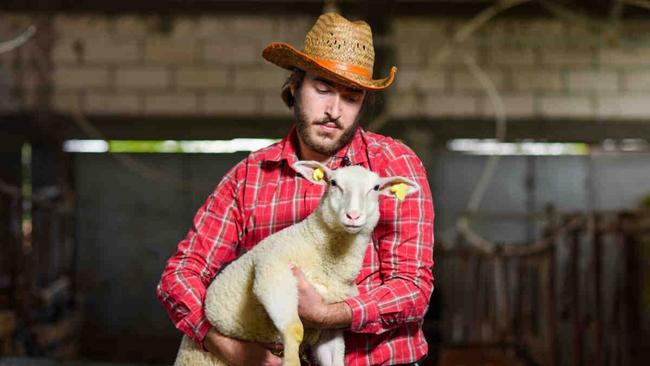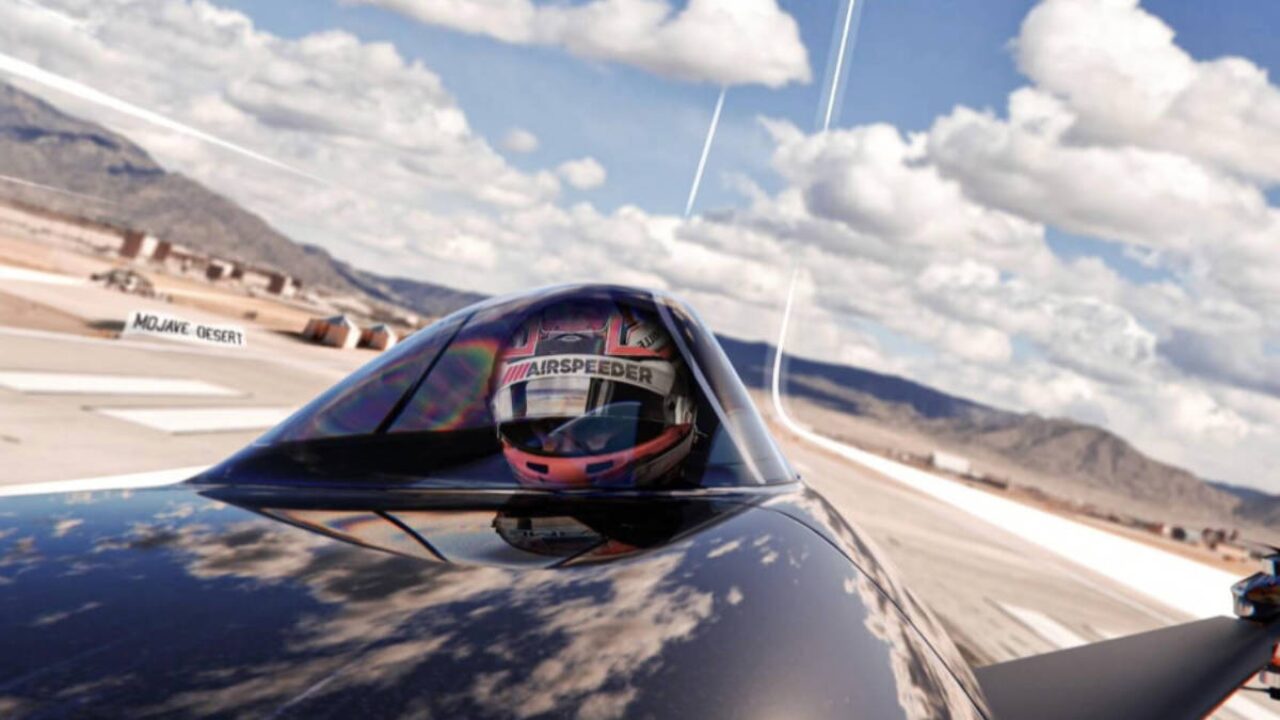Why sheep could hold the key to next-gen healing tech, as Aroa herds in first profit
Aroa Biosurgery’s ovine-based tech is gaining traction. With profits in sight, is now the right time to invest?

Aroa’s natural healing tech from NZ pastures is reshaping tissue repair
Why Ovine ECM outperforms synthetics
Aroa hits positive cash flow, with profit on the horizon
Special Report: Aroa Biosurgery’s ovine-based healing technology is gaining global traction. With the company now poised for its first profits, could this be the ideal time to invest?
Aroa Biosurgery (ASX:ARX) is a medical device company advancing the science of healing through technology drawn from New Zealand’s lush pastoral landscapes.
The company’s journey began in 2008, when Dr Brian Ward — a veterinarian with a strong interest in regenerative medicine — made a unique observation.
He noticed that tissue from the forestomach of New Zealand’s healthy, disease-free sheep shared a similar structure to human tissue. Even more compelling, it contained over 150 proteins known to play key roles in the body’s healing process.
Inspired by this, he set out to create a natural, effective way to help human tissue heal, leading to the development of Aroa Biosurgery.
AROA’s breakthrough comes from using the extracellular matrix (ECM) derived from the sheep’s forestomach.
This matrix, stripped of DNA and cells, serves as a scaffold for new tissue to grow, offering a structure remarkably like human skin.
The company’s first product, Endoform, launched in 2010, was designed for chronic and acute wound care. It was the first in a line of products based on Aroa’s ECM technology.
Over time, the company expanded its product line, introducing the Myriad family of products for soft tissue reconstruction, which received FDA clearance in 2019.
AROA has since continued to lead the way with new innovations, like Symphony, a graft designed to treat diabetic and venous ulcers, and Enivo, a new product for managing tissue cavities in surgery which is currently in development
The company now has regulatory approvals in more than 50 countries.
“Over 7 million AROA products have been used globally in soft tissue repair, plastics, and general surgery procedures, and more than 75 peer-reviewed clinical studies have been published, further validating the efficacy of our technology,” said CEO Dr Ward.
Why sheep?
The choice of ovine tissue for creating these transformative products is not random – it's grounded in science and nature's wisdom.
Sheep, with their biologically similar tissues, offer a treasure trove of regenerative potential. The structure of ovine tissue – particularly from the forestomach – closely mirrors that of human tissue.
This similarity, particularly in collagen composition and ECM components, makes sheep an ideal source for biologic scaffolds.
The ovine forestomach tissue is processed to remove cellular material, leaving behind a structure that resembles the scaffold of our own tissues.
Unlike synthetic alternatives, ovine ECM contains a rich mix of natural proteins and signals that help cells move, grow new tissue and support the body’s healing process.
“AROA ECM has the structure, composition and function of the extracellular matrix that is found in human soft tissue,” said Ward.
“Containing over 150 proteins, including collagen, known to be important in the healing process, AROA ECM also contains residual vascular channels that facilitate the rapid establishment of blood supply to nourish regenerating tissue.”
A natural healing powerhouse
The vascular channels Dr Ward mentioned are tiny passages that mimic blood vessels in our bodies.
They help encourage the formation of new blood vessels, which is crucial for tissue growth and repair, especially in complex wounds or surgeries.
Another benefit of ECM is that it’s decellularised – meaning the cells are removed, reducing the risk of an immune reaction.
This process has been highly optimised, preserving the delicate microarchitecture, biological components and compatibility of the ECM while removing cells and cellular debris that would cause an inflammatory response in humans.
What else makes AROA’s ovine ECM so special?
Collagen. It’s a vital protein found in abundance in sheep tissues, from the heart to the liver, and especially in the forestomach.
Collagen is the building block of tissue strength and structure, and in the ECM, it forms the perfect scaffolding for cells to grow, attach and repair.
The ECM’s complex design also does more than support growth, it also directs cells to repair damaged tissues.
Think of it like a map, telling the cells where to go and what to do, whether that’s producing new blood vessels or rebuilding damaged tissue.
Each of the 150 unique proteins plays a specific role in healing – like signalling cells to form new blood vessels or create collagen to repair damage.
“Ovine forestomach tissue undergoes a process to gently strip unneeded layers of tissue and DNA, but keeps the ECM structure intact,” said Ward.
“The remaining tissue layer is the building block for all AROA ECM products.”
When it comes to sourcing ovine tissue, there’s another important factor to consider: availability.
With sheep being farmed for meat and wool in vast numbers around the world, especially in New Zealand, this makes ovine tissue both readily available and affordable for creating medical products.
Importantly, because these tissues are a byproduct of the agricultural industry, they’re obtained without additional harm to animals.
The real impact of this, however, can be seen in the clinical results.
The latest study on AROA’s Myriad products shows promising results in lower limb reconstruction.
This largest study to date on Myriad, which was conducted between May 2022 and April 2023, treated 130 lower limb defects in 120 high-risk patients.
With just one application, Myriad delivered 100% tissue coverage and fill within 30 days, with no infections or complications.
The study also showed potential cost savings of up to 195% compared to other products, pointing to a US$225 million market for lower limb reconstruction alone.
“We’re focused on unlocking regenerative healing for everybody,” said Ward.
Path to profitability
AROA just clocked a major milestone – its first quarter of positive operating cash flow since listing on the ASX in 2020.
The boost came off the back of strong customer receipts of NZ$19.5 million, paired with tighter reins on costs. The company also remains debt free.
Looking ahead, AROA is guiding the market toward full-year FY25 revenue of NZ$81-84 million, a 17-22% increase on FY24.
And what really stands out is this: the company is expecting to post its first normalised EBITDA profit, expected to come in between NZ$2-4 million.
After years of investment into clinical trials, expansion and regulatory groundwork, profitability is no longer just a long-term goal, it is now firmly in sight.
This article was developed in collaboration with Aroa Biosurgery, a Stockhead advertiser at the time of publishing.
This article does not constitute financial product advice. You should consider obtaining independent advice before making any financial decisions.


